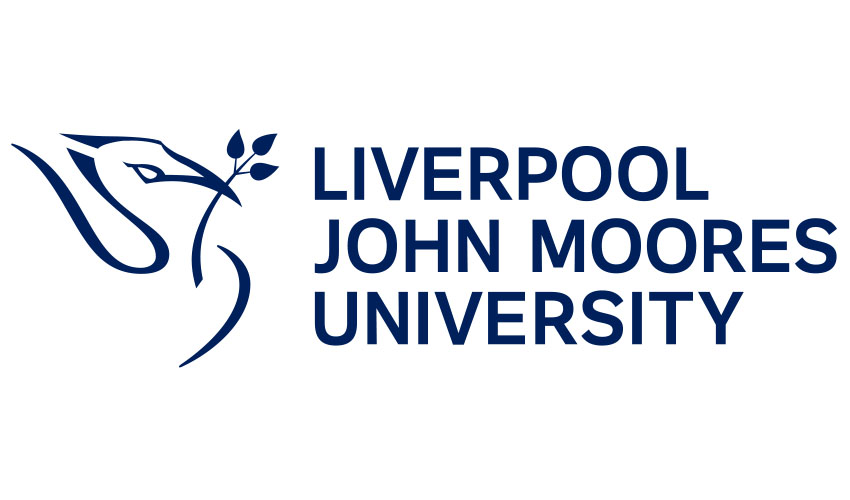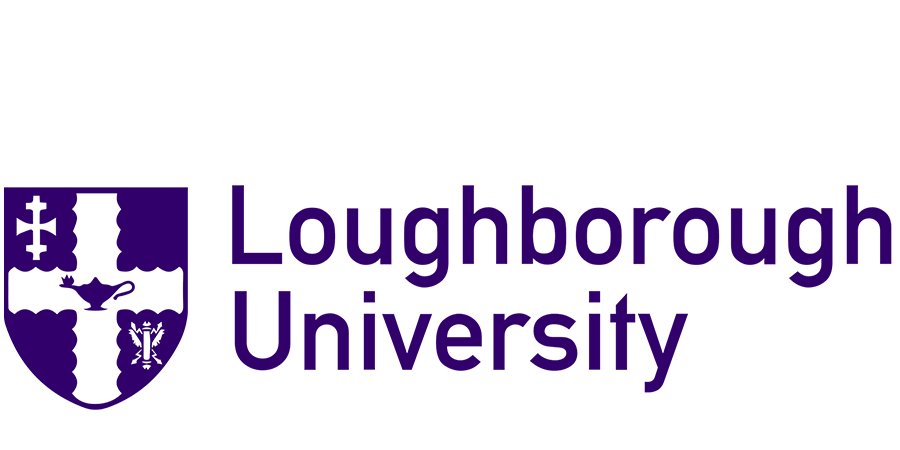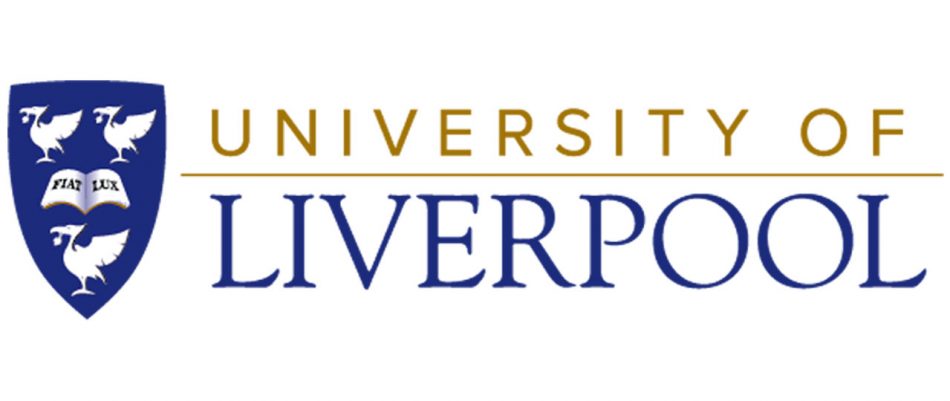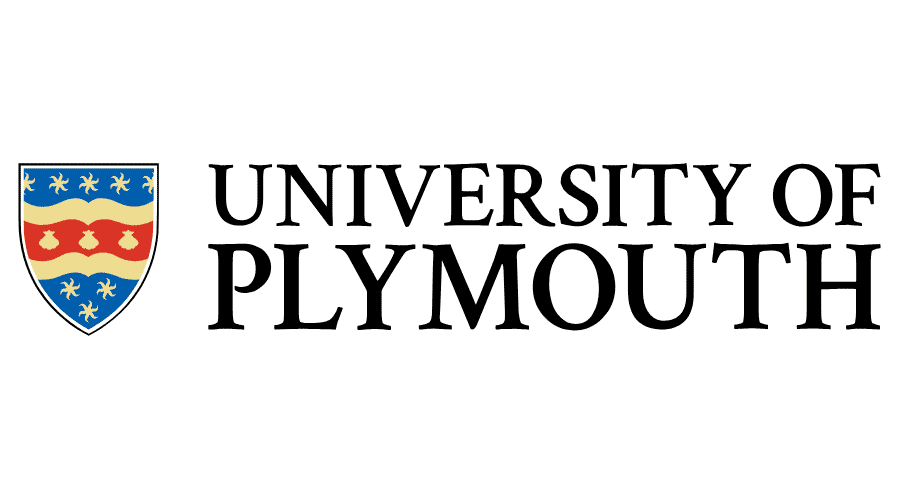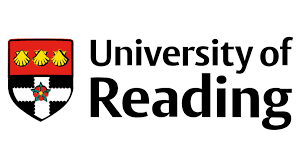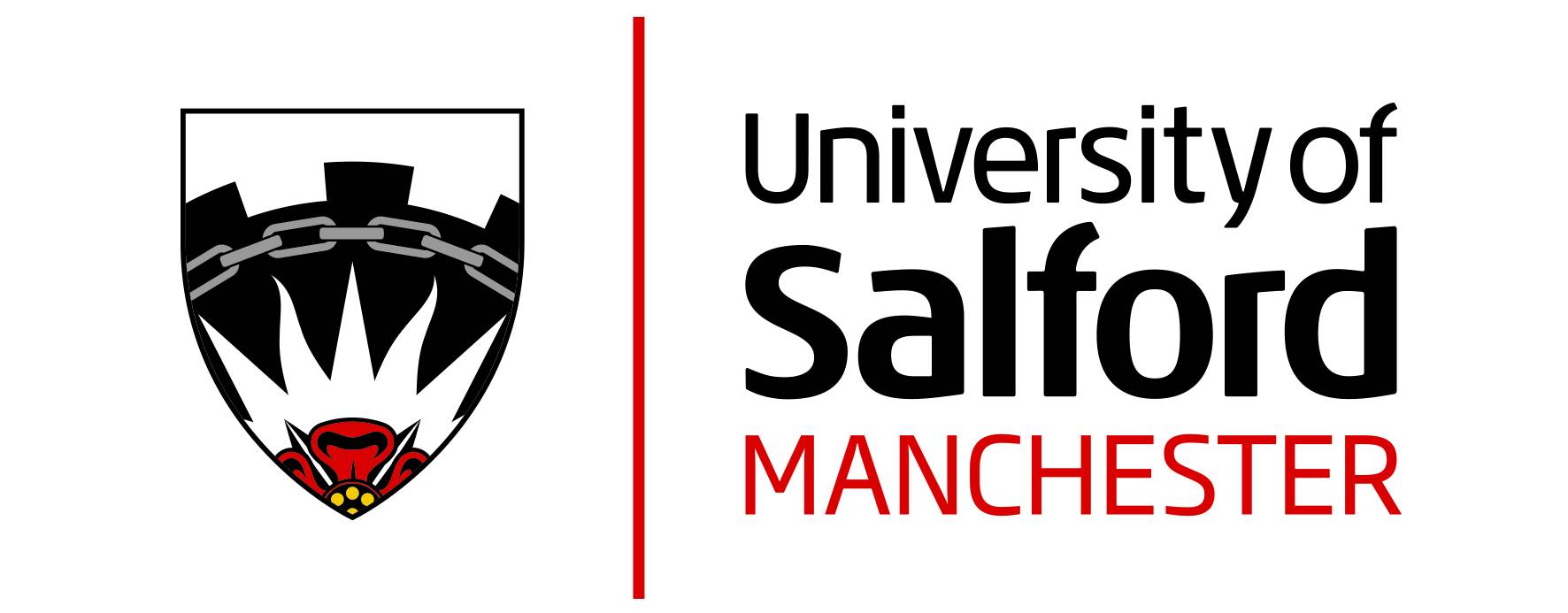Architectural Engineering: Building the Future of Design and Construction
Are you passionate about creating innovative structures that blend aesthetics with functionality? Architectural Engineering is the perfect field for aspiring engineers who dream of shaping skylines and sustainable cities. This interdisciplinary course combines principles of architecture, civil engineering, and structural design to produce professionals who can design, construct, and maintain buildings that are safe, efficient, and environmentally friendly.
For Indian students eyeing study abroad opportunities, Architectural Engineering opens doors to world-class education in countries like the USA, UK, Australia, and Canada. With India's booming real estate and infrastructure sectors—think smart cities and metro expansions—gaining international expertise can supercharge your career back home or abroad. Studying this course overseas equips you with cutting-edge tools and global perspectives, making you a sought-after talent in a competitive job market.
What is Architectural Engineering?
Architectural Engineering focuses on the technical aspects of building design, bridging the gap between architects' creative visions and engineers' practical implementations. Unlike pure architecture, which emphasizes artistic elements, this discipline dives deep into the science behind structures—ensuring they withstand environmental forces, meet safety codes, and integrate advanced technologies like green building materials.
Key areas include structural analysis, HVAC (heating, ventilation, and air conditioning) systems, electrical engineering for buildings, and acoustics. Graduates often specialize in sustainable design, seismic engineering, or urban planning, addressing global challenges like climate change and rapid urbanization.
Why Study Architectural Engineering Abroad?
India's construction industry is projected to reach $1.4 trillion by 2025, but to lead it, you need exposure to international standards. Abroad, you'll access state-of-the-art labs, industry collaborations, and diverse projects—from restoring historical sites in Europe to designing high-rises in the US.
- Global Recognition: Degrees from top universities are accredited by bodies like ABET (USA) or RIBA (UK), enhancing your resume for multinational firms.
- Hands-On Learning: Programs include internships with firms like AECOM or Arup, giving real-world experience.
- Cultural Exposure: Collaborate with international peers, fostering innovation and soft skills vital for global projects.
- Financial Perks: Many countries offer post-study work visas (e.g., 2-3 years in Canada/Australia), allowing you to gain experience before returning to India.
For Indian students, this field aligns perfectly with initiatives like Make in India and Smart Cities Mission, where skilled engineers are in high demand.
Course Structure and Curriculum
Most Architectural Engineering programs last 4 years for a Bachelor's (BEng/BSc) and 1-2 years for a Master's (MEng/MSc). They blend theory, design studios, and practical projects. Expect a mix of lectures, simulations using software like AutoCAD, Revit, and BIM (Building Information Modeling), and site visits.
Core modules vary by university but typically include:
| Year/Semester | Key Subjects | Focus Areas |
|---|---|---|
| Year 1: Foundations | Mathematics, Physics, Introduction to Architecture, Basic Drawing | Building core scientific knowledge and sketching skills |
| Year 2: Core Engineering | Structural Mechanics, Materials Science, Thermodynamics, CAD Software | Understanding forces on buildings and material properties |
| Year 3: Specialization | Building Services (HVAC/Electrical), Sustainable Design, Seismic Engineering, Project Management | Applying concepts to real designs, with electives like acoustics or fire safety |
| Year 4: Advanced Projects | Capstone Design Project, Advanced BIM, Professional Practice, Internship | Hands-on thesis or group project simulating industry challenges |
For Master's programs, expect advanced topics like computational design, renewable energy integration, and research in smart buildings. Indian students often appreciate the emphasis on sustainability, given India's push for green architecture under the National Mission for Sustainable Habitat.
Skills You'll Develop
Architectural Engineering hones a unique skill set that combines creativity with technical prowess:
- Technical Proficiency: Mastery of design software and engineering simulations for efficient building modeling.
- Problem-Solving: Analyzing structural integrity to create resilient designs against earthquakes or floods—relevant for India's diverse climates.
- Sustainable Practices: Expertise in LEED-certified buildings, reducing energy use and promoting eco-friendly construction.
- Team Collaboration: Working in multidisciplinary teams, essential for large-scale projects like airports or stadiums.
- Project Management: Budgeting, timelines, and regulatory compliance, preparing you for leadership roles.
These skills not only boost employability but also empower you to contribute to India's infrastructure revolution.
Career Opportunities
Graduates enjoy versatile careers with strong earning potential. In India, entry-level salaries range from ₹5-8 lakhs per annum, rising to ₹15-25 lakhs with experience. Abroad, starting salaries can hit $60,000-$80,000 USD annually.
Popular roles include:
- Structural Engineer: Designing load-bearing elements for skyscrapers.
- Building Services Engineer: Integrating mechanical and electrical systems for comfort and efficiency.
- Sustainability Consultant: Advising on green certifications for projects like Mumbai's coastal road.
- Project Manager: Overseeing construction from blueprint to completion.
- Urban Planner: Contributing to city development in growing metros like Bengaluru or Delhi.
Top employers: L&T, Tata Projects, Skidmore Owings & Merrill (SOM), and firms like Jacobs Engineering. Many alumni return to India to work on high-profile ventures, leveraging their global training.
Top Universities for Architectural Engineering
Choosing the right university is crucial. Here are some standout options for Indian students:
- USA: University of California, Berkeley (tuition: ~$45,000/year; strong in seismic design).
- UK: University of Bath (tuition: ~£9,000-£25,000/year; RIBA-accredited, focus on heritage buildings).
- Australia: University of Sydney (tuition: ~AUD 45,000/year; emphasis on sustainable urbanism).
- Canada: University of Toronto (tuition: ~CAD 60,000/year; excellent co-op programs).
- Germany: Technical University of Munich (low tuition: ~€300/semester; ideal for EU exposure on a budget).
These institutions offer scholarships specifically for international students, including Indians—check for DAAD (Germany) or Fulbright (USA).
Admission Requirements for Indian Students
Getting admitted is straightforward with preparation:
- Academic Qualifications: 10+2 with Physics, Chemistry, Math (minimum 60-70% from CBSE/ICSE boards).
- Entrance Exams: SAT/ACT for USA; IELTS/TOEFL (6.5+ overall) for English proficiency.
- Portfolio: Submit sketches or projects showcasing design interest.
- GRE: Required for some Master's programs (aim for 300+ score).
- Documents: SOP, LORs, transcripts; apply via university portals or Common App.
Deadlines: Typically November-January for fall intake. Visa tips: Secure a student visa (F-1 for USA, Tier 4 for UK) with proof of funds (₹10-20 lakhs depending on country).
Scholarships and Funding Options
Studying abroad doesn't have to break the bank. Indian students can access:
- University Scholarships: Merit-based awards covering 20-50% tuition (e.g., Chevening for UK).
- Government Schemes: Inlaks Shivdasani Foundation or JN Kennedy Memorial Trust for Indians.
- Country-Specific: Australia Awards (full funding) or Vanier Canada Graduate Scholarships.
- Loans: Education loans from SBI or HDFC at low interest (up to ₹1.5 crore).
Part-time work (20 hours/week) can help cover living costs, estimated at $10,000-15,000/year.
Conclusion: Your Gateway to a Global Career
Architectural Engineering is more than a degree—it's a ticket to designing the world you want to live in. For Indian students, studying abroad means blending desi ingenuity with international innovation, positioning you at the forefront of construction's future. Whether you're envisioning sustainable homes in Hyderabad or iconic towers in Toronto, this path promises fulfillment and impact. Start your journey today—research universities, prepare your applications, and build the foundations of your dream career!





